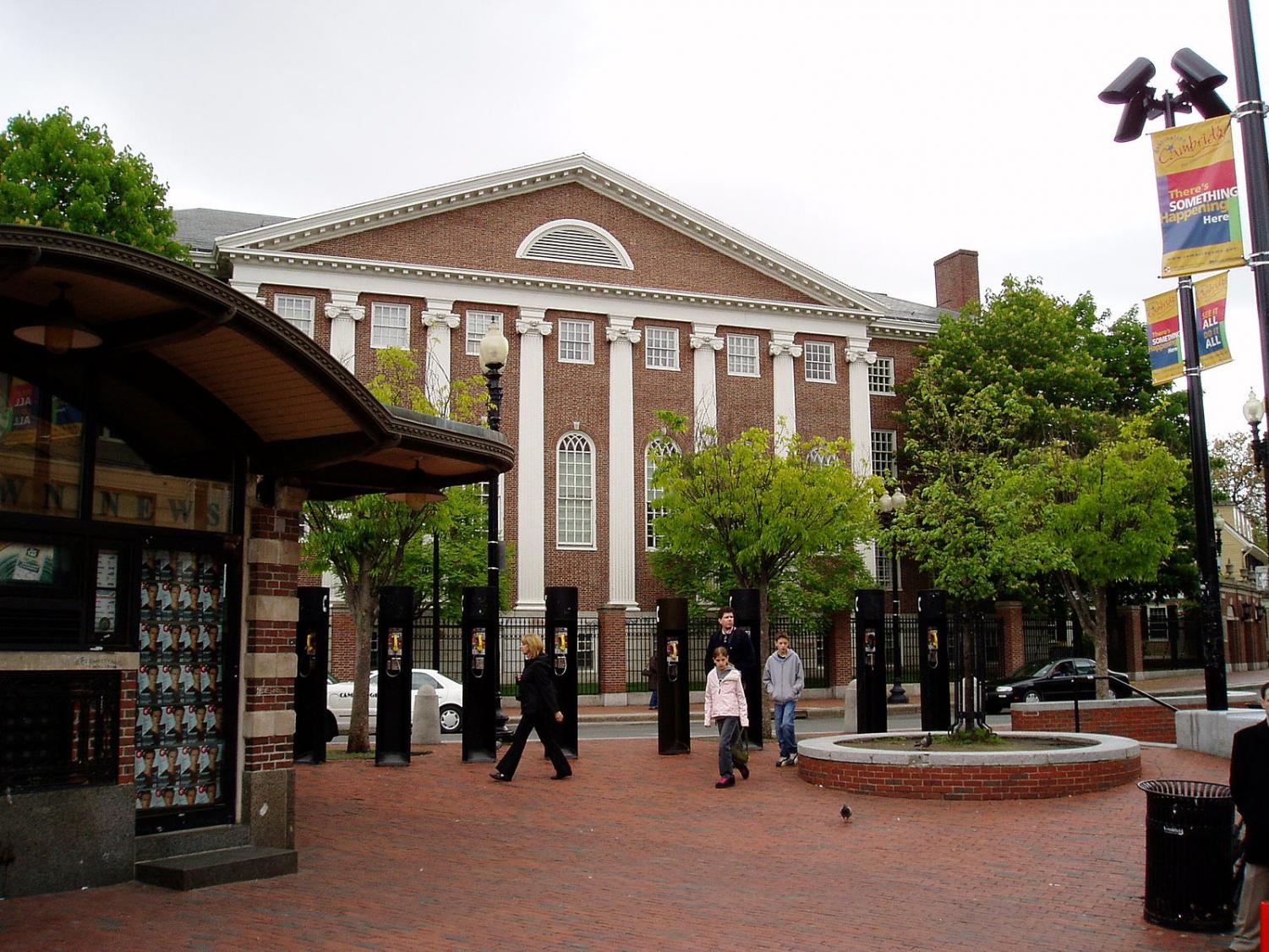Affirmative action has existed in the United States since 1961, when President John F. Kennedy prescribed that federal contractors “take affirmative action to ensure that applicants are employed … without regard to their race, creed, color, or national origin” through Executive Order 10925. At a time when people of color were often unable to exercise their right to vote and legal segregation still existed, most would agree that it was necessary for employers to actively invest in greater diversity if the nation was intent on making progress toward racial equality.
Today, more than 50 years after Kennedy’s initial endorsement of affirmative action in the workplace, the law prohibits much of the race-based discrimination that was common in the 1960s. While some would take this as a sign that affirmative action is no longer necessary, the truth is that institutional barriers to success still exist for American racial minorities. Shockingly, emancipating and legally desegregating a group of people does not erase the damage those practices had or the systems of oppression that still exist today. Nor does the election of a mixed-race president mean that we live in a post-racial era. While we have made significant progress on addressing America’s racist past, we still have much to do regarding the racism that our society continues to tacitly allow.
It should come as no surprise that whites* continue to have a higher median income than black and Hispanic Americans (we’ll get into why Asian Americans have a higher median income than even whites, as well as their role in the affirmative action debate, later). The average black American earns close to 41 percent less income than the average white, while the typical Hispanic earns 27 percent less income than their white counterparts. Meanwhile, the average white household has a net worth 13 times that of the average black household and 10 times that of the average Hispanic household, largely because whites inherit greater generational wealth. One research team estimated that the black-white wealth gap will take 225 years to bridge—and that’s an optimistic view.
Noting these statistics, some have proposed income-based affirmative action as an effective alternative to race-based affirmative action, presuming that the problems plaguing America’s minority communities are caused by class, not race. But while income inequality does exacerbate racial divisions in America, it cannot fully account for those divisions. Even controlled for income, racial minorities face challenges their white peers don’t have to deal with.
For instance, middle-income white households possess twice as much wealth as Latinx households of the same income and three times as much as middle-class black households. Those wealth gaps in turn contribute to racial education disparities: America is one of the only countries in the world to fund public schools with local property taxes, meaning schools in underprivileged communities receive less money than those in wealthier areas. Schools where at least 90 percent of students are white spend a whole $733 more per pupil than schools where 90 percent or more of students are not white.
Those funding disparities have significant consequences for learning opportunities. More than 70 percent of white students attend schools that offer a full range of math and science courses, while only two-thirds of Latino students, half of black students, and less than half of American Indian and Native Alaskan students have access to those courses.
Students of color who are fortunate enough to attend properly funded schools are still less likely to access the same opportunities as their white peers. Even with nearly identical test scores, economic situations, and school environments, black and Hispanic students are less likely to be referred to gifted programs than white and Asian American students.
Black, Hispanic, and Native American students also receive harsher school discipline than their fair-skinned classmates, even for the same offenses. This can be seen as early as pre-school: African-American boys make up 18 percent of enrolled children but 48 percent of students suspended more than once. Not only is the school system apt to punish students based on color, it’s also growing more likely for minority students to be ostracized by other classmates. In 2016, a quarter of students reported being bullied because of their race.
It’s clear that, regardless of economic class, members of racial minorities face greater hurdles in education and in life than they would if they were white. If we want to make admission to elite universities more fair, it’s necessary that we take into account these additional struggles when evaluating a student’s achievements. And if we want to present those students with greater socioeconomic mobility, we need to expand their access to quality education.
Some well-intentioned people may argue that because of the academic challenges racial minorities tend to face, they may be less qualified than other students to attend elite universities and could struggle to meet the expectations of a rigorous curriculum. This is based in part on the debunked “mismatch” theory, which posits that these students would benefit more from attending less challenging schools more suited to their relative lack of educational attainment.
While the theory appears completely logical, research reveals few ideas could be further from the truth. Students who benefit from affirmative action at selective colleges, although perhaps lacking in some of the academic accolades their classmates possess, still must meet those colleges’ minimum standards for acceptance. Harvard isn’t admitting students with 1.6 GPAs just because they’re Hispanic. Affirmative action isn’t about unqualified individuals “stealing” acceptances from others with more merit; it’s about deciding which qualified individuals would benefit the most from a great education.
And minority students stand to gain quite a bit. Attending a highly selective college (the kind that would probably use affirmative action) produces larger increases in income and employment rates for blacks and Hispanics than for whites. Researchers have also concluded that students are more likely to graduate when they attend the most selective college that will accept them, meaning that a minority student can still succeed and graduate without having a prep-school background or a perfect SAT score.
Granting more underprivileged students the opportunity to succeed through education not only could lift some individuals out of a vicious cycle of poverty, but might also lift entire minority groups by giving them more representation in elite institutions and positions of national leadership.


